A Portrait of Scotland: at the Scottish National Portrait Gallery
UPDATE: The Scottish National Portrait Gallery has announced it is reopening on Sunday, November 8! If you’re in the area, give them a visit! Find more information here.
Hello isolators. Before we jump in to this episode, I have a quick announcement about a new podcast segment I’m trying out this month. On Thursday October 22, I’m launching the Well That’s Cool book club, a chance for us to get together over Zoom and talk about books and writing and all that fun stuff. Each club meeting I’ll be joined by an author, publisher, teacher, or someone else from the literary field for a conversation about their work in front of a live digital studio audience, and that’s you. After our conversation, the club will share what they are reading, curious about, or even writing themselves. This will be super informal, no advance reading required, and totally free. I hope you’ll join me and my first guest, young adult fantasy author Rachael Bell-Irving, on Thursday October 22 at 8pm Mountain Time for the first event. Register here and learn about Rachael’s exciting debut novel here. Ok, on with the episode!
As part of my visit to Scotland in September 2019, I visited some of the nation’s top museums, galleries, and cultural attractions, trying to learn about what makes Scotland so special, so important to history around the world, and so full of legendary characters. In the last episode, I visited with David Forsyth at the National Museum of Scotland to learn about the objects on display there that tell Scotland’s story of diaspora and industry. The following day I went the Scottish National Portrait Gallery, a beautiful red sandstone neo-gothic palace designed as a shrine for Scotland’s heroes and heroines.
The building opened in 1889 as the world’s first purpose-built portrait gallery. I wanted to see the people Scotland views as representatives of the nation, the historical figures that shaped the direction and identity of the Scottish people. I also know that portrait galleries can be some of the more progressive, challenging cultural organizations because of who they show, so I was curious to see what modern and contemporary stories were on display.
Because of my inability to read Edinburgh’s bus maps and schedules – I still blame the jetlag – I arrived to my tour late, which meant I only had limited time with my guide, Deputy Director & Chief Curator of Portraiture Imogen Gibbon. With the clock ticking before Imogen was off to a meeting, she whisked me through the galleries, still managing to show me quite a few highlights on our walk, even with the shorter time.
Because I was late, I abandoned my line of rigid, structured questions about portraits and their role telling history and instead just went along for the ride, which probably meant Imogen could show me much more than I expected, even while we walked up stairs! And because of that, I think it’s best you do the same, so here is my visit, complete and mostly un-edited. Oh, and if you want to follow along with the floorplan, see below. I hope you enjoy the tour!
Floor plan from the Scottish National Portrait Gallery. My tour with Imogen started in the Great Hall, went up the stairs through the Abulatory (around the great hall on Level 1 - Second Floor for us North Americans), around the rooms of Level 2, and back down to Level 1 where we ended in the modern galleries of Room 11. I visited The Contemporary Gallery on my way out to see The Long Look exhibition.
The Scottish National Portrait Gallery is still closed because of the COVID-19 pandemic. If you want to see some of the items Imogen Gibbon is showing me, look below or explore what’s on at the Scottish National Portrait Gallery, but know it’s a sad replacement to seeing them in-person. The Gallery is set to re-open sometime this fall as part of the National Galleries of Scotland’s staged re-opening plans, so make sure to check on that status if you’re nearby soon.
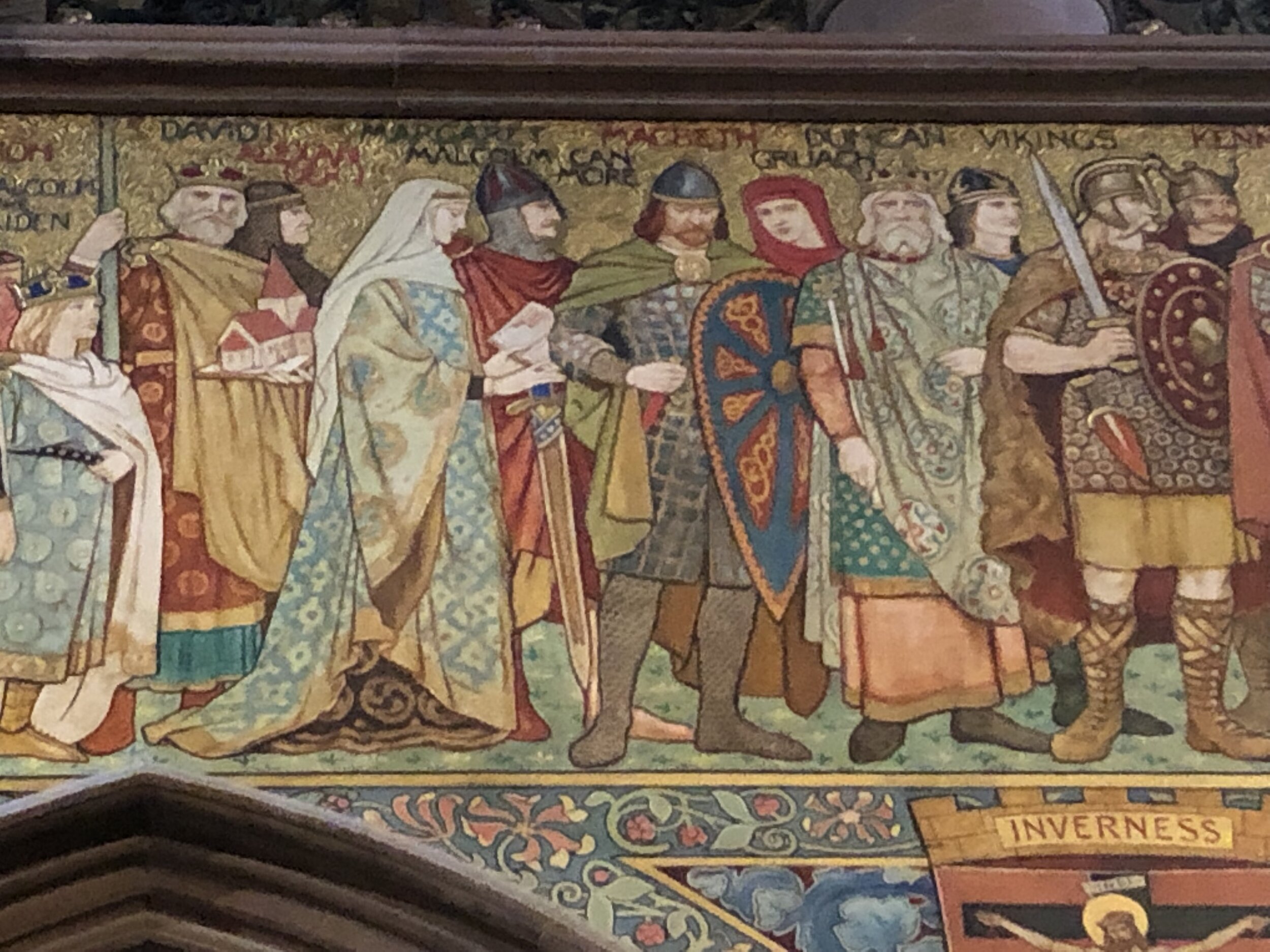
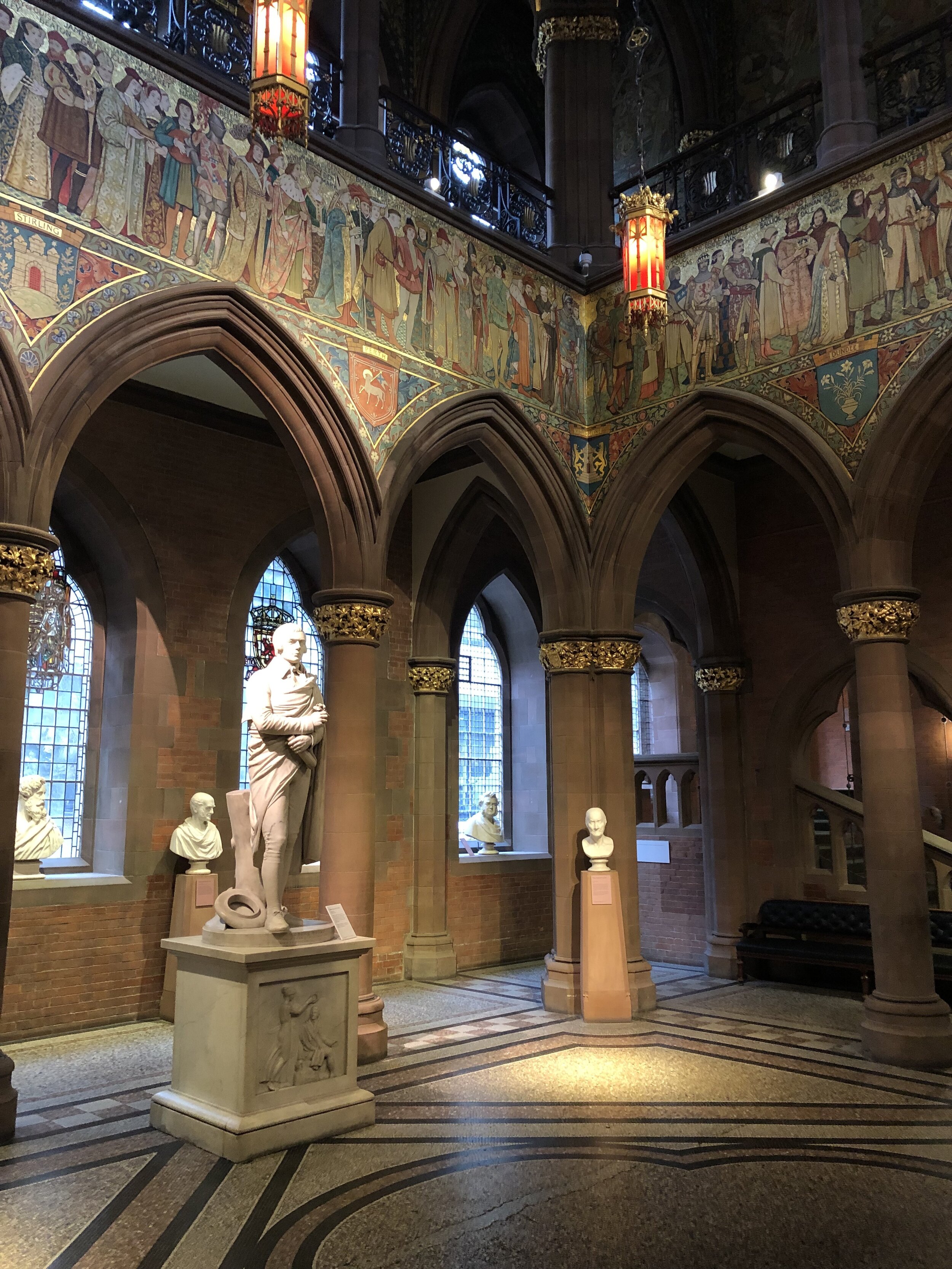
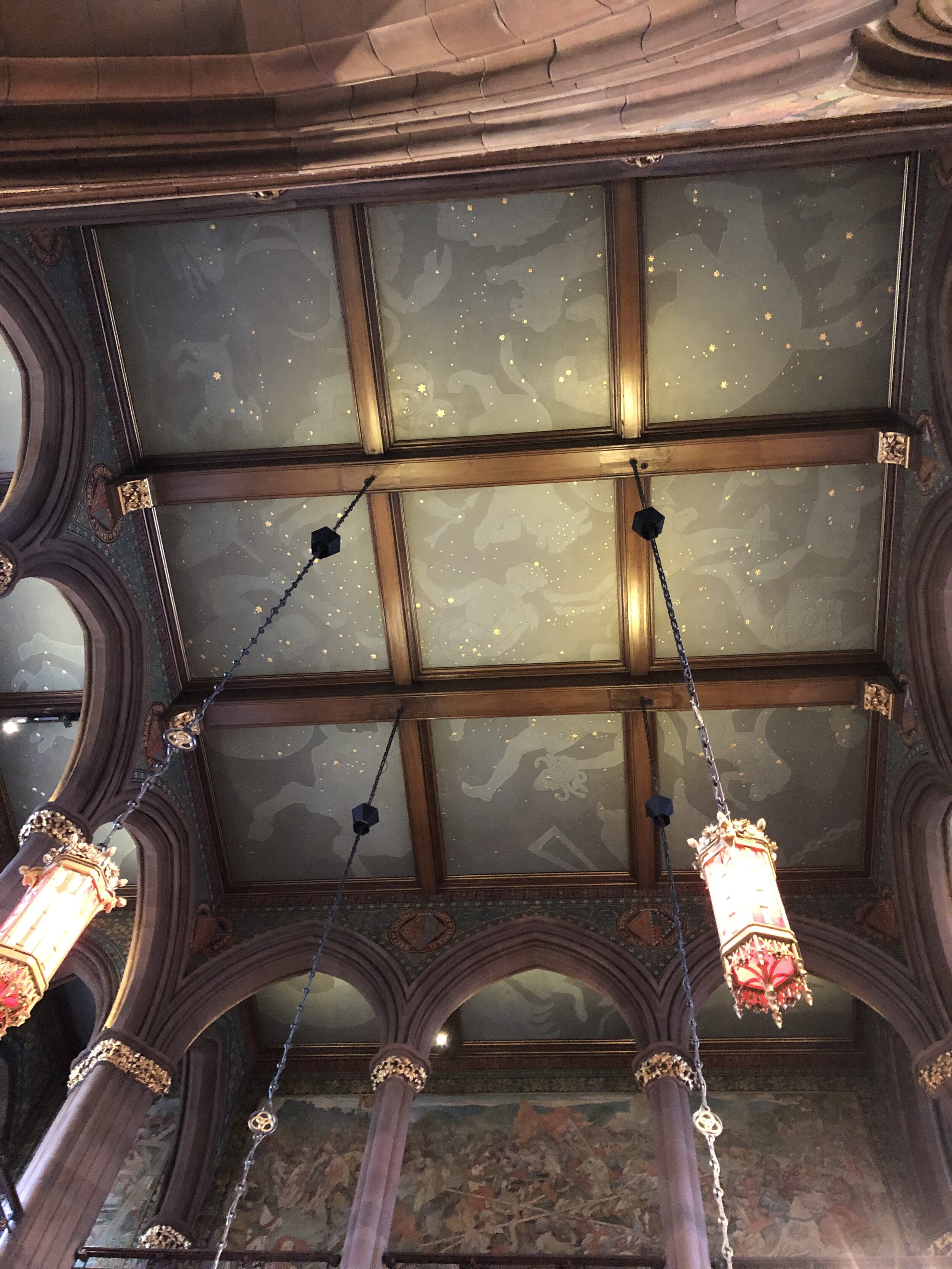

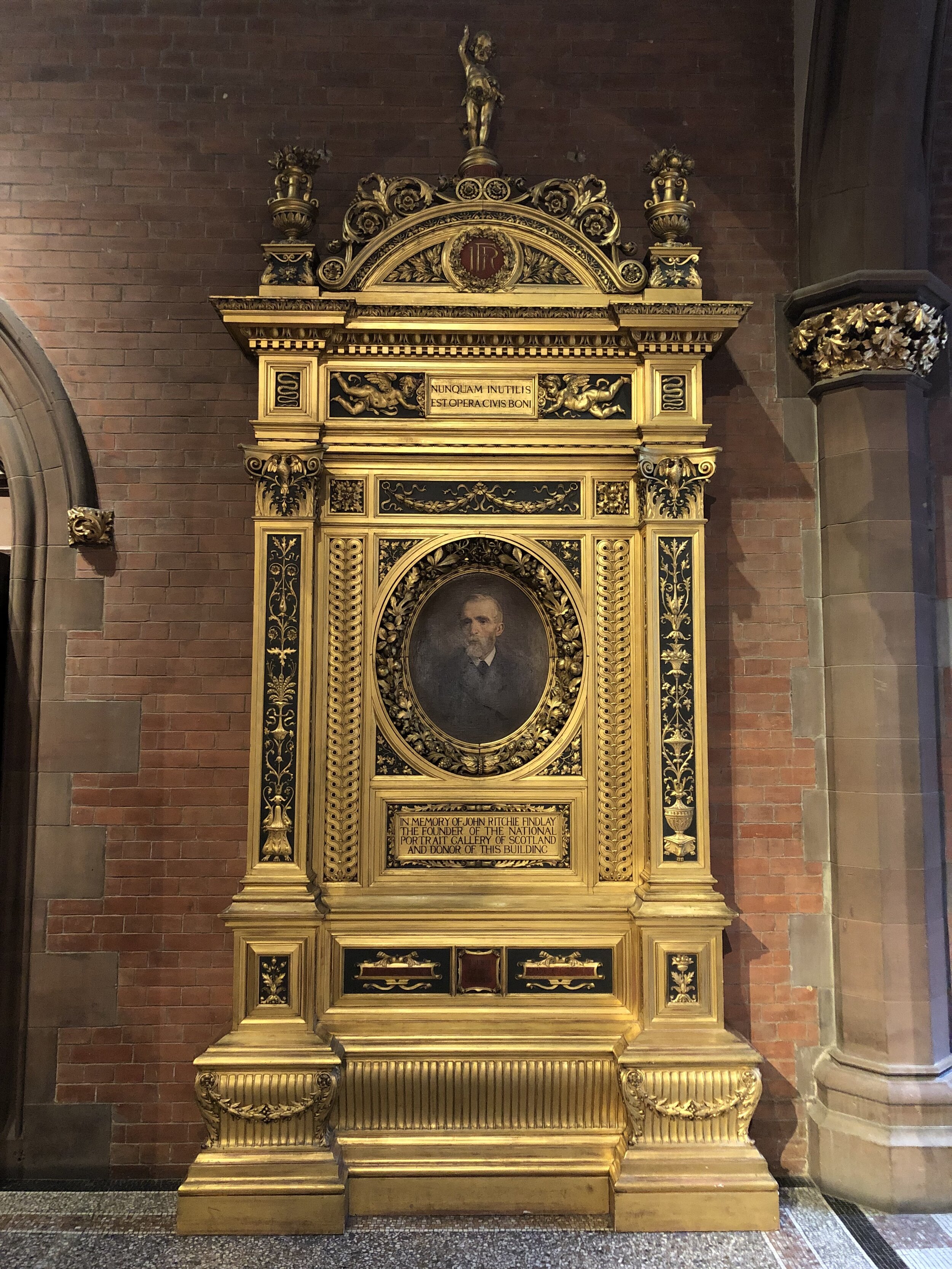
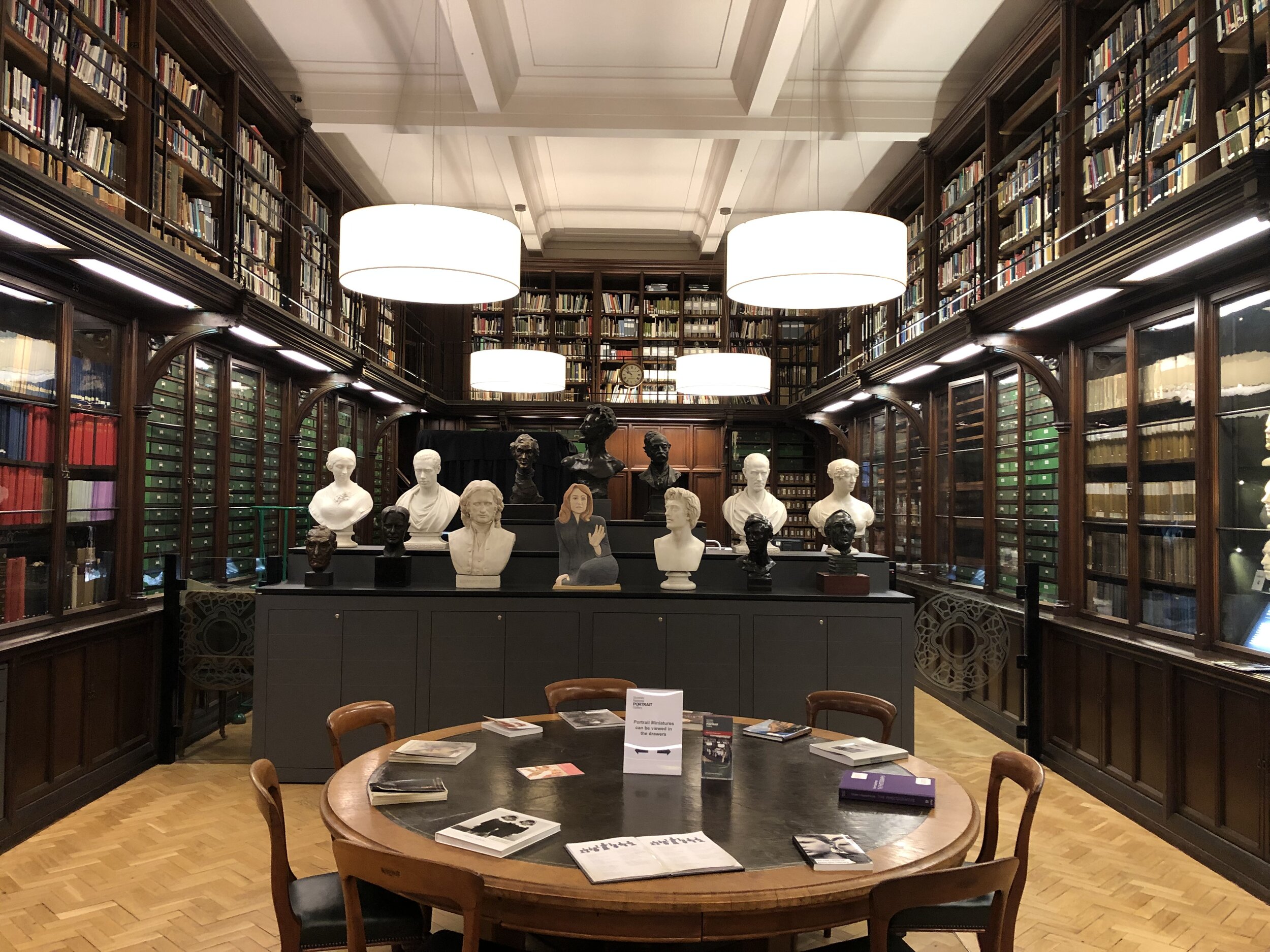
Face masks and coverings are, of course, part of the gallery visiting experience now, but they are also part of the way we mark the pandemic through visuals on our faces. We may recognize friends by what design they have on their masks, mine is a van Gogh painting for example, or we may have seen images of people with masks that we can immediately place as part the timeline of the last seven months.
The National Galleries of Scotland has had at least two major interactions with masks including a partnership this September with North Edinburgh Arts to commission and distribute face coverings with four works from the national collection to workers at seven local charities and commissioning local couturier and designer Frank Francia to design 500 coverings for the Galleries’ staff, as well as a public appeal in July for stories, portraits and ideas that will be displayed along with portraits from the national collection in a display titled You Are Here | 2020: Stories, Portraits, Visions (see the September 10 and July 27 press releases for more info here). I’m sure plenty of those submissions will feature masks in some way, and hope to see some great submissions in 2021!
Wearing my van Gogh mask after a bike ride this fall.
So it turns out portraiture is a complex, rich, intersectional artform. In Scotland, portraiture tells the story of a vibrant history, a proud people, and links those figures from centuries ago to today’s society in intricate, varied ways. What you think may just be a head and shoulders painting can actually be photography, sculpture, mosaics, and even pieces of the building itself.
The representational and referential portraiture really stood out to me, especially in the temporary exhibition I saw after my walk with Imogen. The Long Look: The Making of a Portrait exhibition was an exploration of portraiture between two artists where painter Audrey Grant asked photographer Norman McBeath to sit for a portrait done in charcoal, a process that would take weeks if not months. Grant then asked McBeath to photograph the drawing at the end of each sitting before erasing the drawing at the start of the next sitting to start the portrait anew. McBeath was interested in the way Grant was working, so started photographing other parts of the process, including her hands, chair and the charcoal itself.

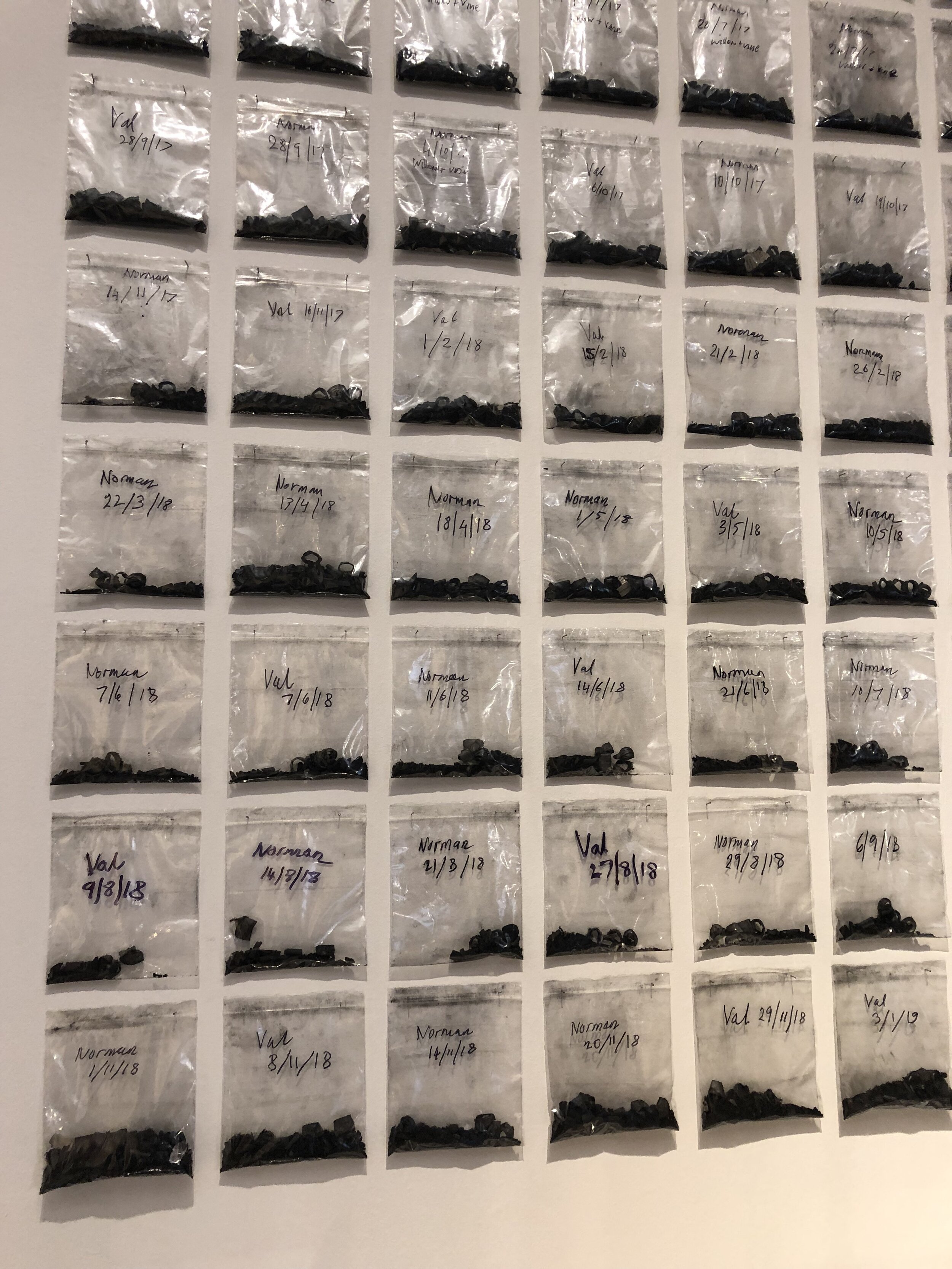
The portrait process, which also featured another portrait of McBeath and two of award-winning crime writer Val McDermid, took two years to complete, and the exhibit displayed the charcoal drawings alongside selections of the photographs and, next to the images, small plastic bags full of the charcoal pieces used each day. The charcoal is, in truth, a portrait as well, but also a tangible marking of the creation of the artwork itself. Looking at this display with its multitude of elements of portraiture really made me think back to the painting of Mary Queen of Scots, and how interesting it would be to have a portrait of the artist at the moment the work was created. What did the brushes look like? How much paint had splashed onto their clothes? What would a portrait of you look like, or of the person making that portrait of you?
I really enjoyed my visit to the Scottish National Portrait Gallery, a place I probably would not have added to my list were it not for this podcast. It changed my understanding of portraits, of the importance and the interesting quality. I hope to visit again someday soon, and I hope you will too on your next trip to Scotland. Visit nationalgalleries.org to find all the information about visiting and reopening times for all the National Galleries Scotland locations. My thanks to Imogen Gibbon, Deputy Director and Chief Curator of Portraiture for rushing me through the gallery at the start of her busy day. As you can tell, Imogen’s knowledge and passion for the collection makes for some amazing stories. Thanks also to Charlotte Fortt for helping arrange the visit and guiding me through the streets of Edinburgh while I was lost.
Thanks as always to Ron Yamauchi for the theme tune and to Anna Schroeder of Annather Design for the cool podcast logo, check out her work at annatherdesign.com. Other music heard during this episode and all the other podcast stuff is done by me, Ben Fast.
Don’t forget to register for the first meeting of the Well That’s Cool Book Club, featuring a special conversation with author Rachael Bell-Irving. The event starts at 8pm Mountain Time on Thursday, October 22. You can also find a Facebook event, and I’ll be sharing things on Twitter as well. Send me an email at wellthatscoolpod@gmail.com if you want to say hi or suggest something you’re curious about, and don’t forget to subscribe, rate and review on iTunes or wherever you get your podcasts!
Until next time, thanks for listening and a happy Thanksgiving to all the Canadian listeners out there. Stay well!

